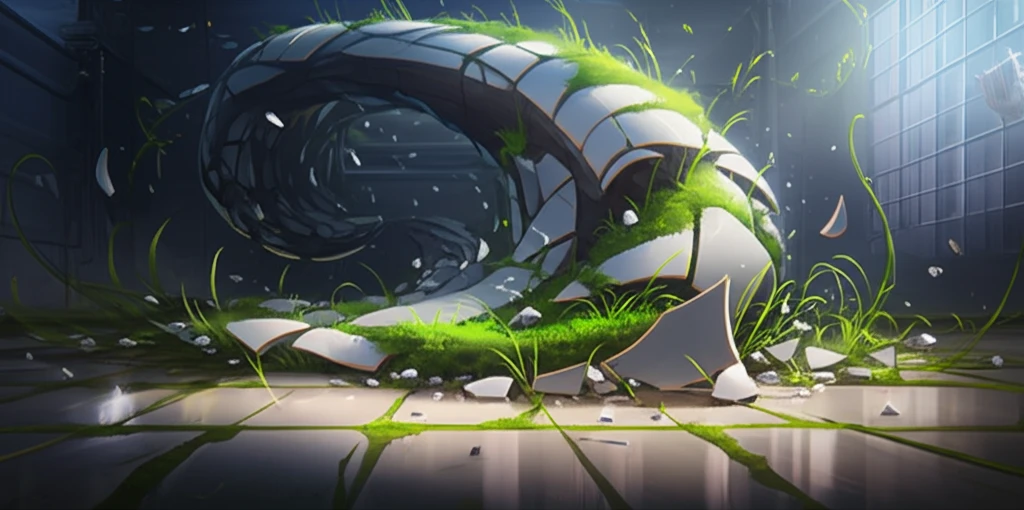
Level Up Your Home: Turn Ceramic Waste into Dream Floors with Self-Leveling Mortar!
"Discover how innovative self-leveling mortar, made with recycled porcelain and ceramic, can transform your floors while helping the environment."
Self-leveling mortar (SLM) is changing the game for subfloors, especially when you want to get the job done quickly and efficiently. Unlike traditional mortars, SLM has properties that increase productivity on the construction site because it reduces the number of stages significantly when compared with conventional mortar and the material guarantees fast and productive leveling of subfloors before applying the final layer.
While Europe has been on board since 1977, SLM is still catching on in Brazil, where only a few companies sell it in bags or produce it in plants for direct application by pumping. But there’s another exciting twist: using waste materials to make SLM more sustainable and cost-effective. This is where porcelain and red ceramic waste come in, transforming what was once discarded into a valuable resource for building.
Harnessing the power of these recycled materials not only reduces waste but also addresses the environmental impact of traditional cement production. By incorporating porcelain and ceramic waste, we can create high-performance self-leveling mortars that are both eco-friendly and functional. Let’s explore how this innovative approach is paving the way for a greener future in construction.
Why Choose Self-Leveling Mortar Made from Recycled Materials?

SLM, like other cement-based materials, faces a trade-off between workability and mechanical strength. Achieving the right consistency without causing bleeding or segregation is tricky, especially since high water-to-cement ratios are often needed. The goal is to create a material that levels itself perfectly, stays uniform, and boasts impressive mechanical properties. It's the fluidity without compromise.
- Eco-Friendly: Reduces reliance on traditional cement, lowering carbon footprint.
- Cost-Effective: Utilizes waste materials, potentially reducing material costs.
- High-Performance: Achieves excellent fluidity, uniformity, and mechanical strength.
- Waste Reduction: Diverts porcelain and ceramic waste from landfills.
- Durable: Offers low water absorption and permeability, enhancing longevity.
The Future of Flooring is Green
Self-leveling mortar made with porcelain and red ceramic waste isn't just a trend; it's a practical step towards a more sustainable construction industry. By choosing these innovative materials, we can reduce waste, lower carbon emissions, and create durable, high-performance floors. Whether you're a homeowner, builder, or designer, embracing eco-friendly SLM is a smart move for your project and the planet. It's time to level up your floors and your commitment to sustainability.
